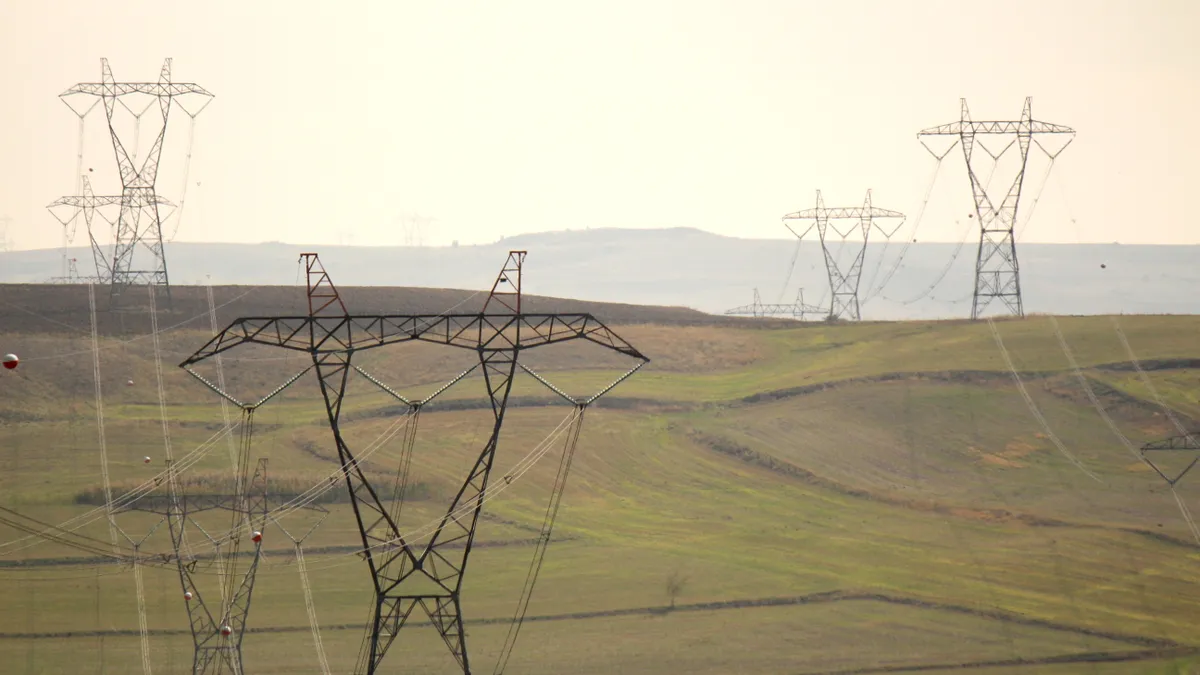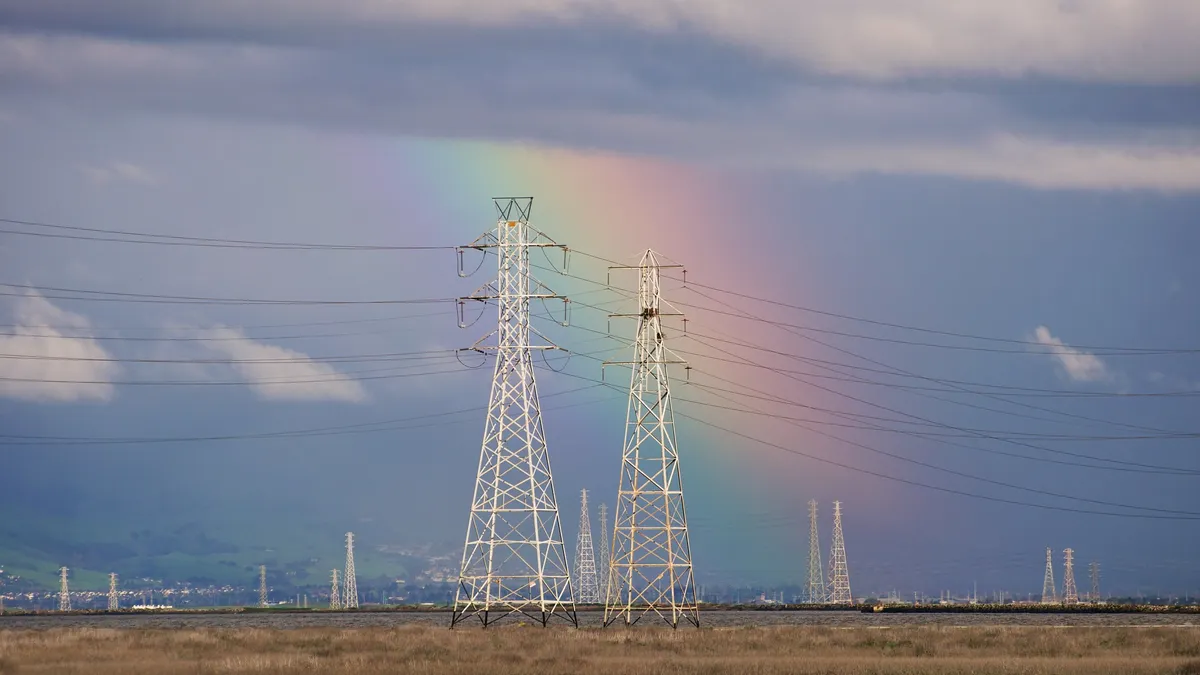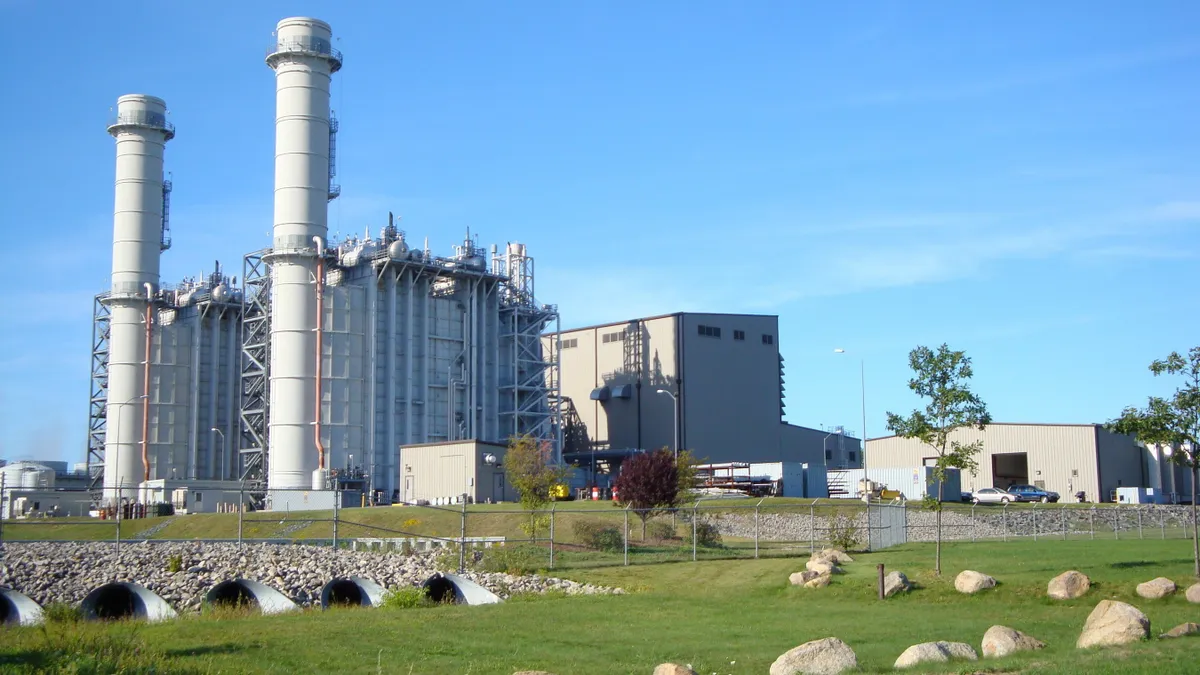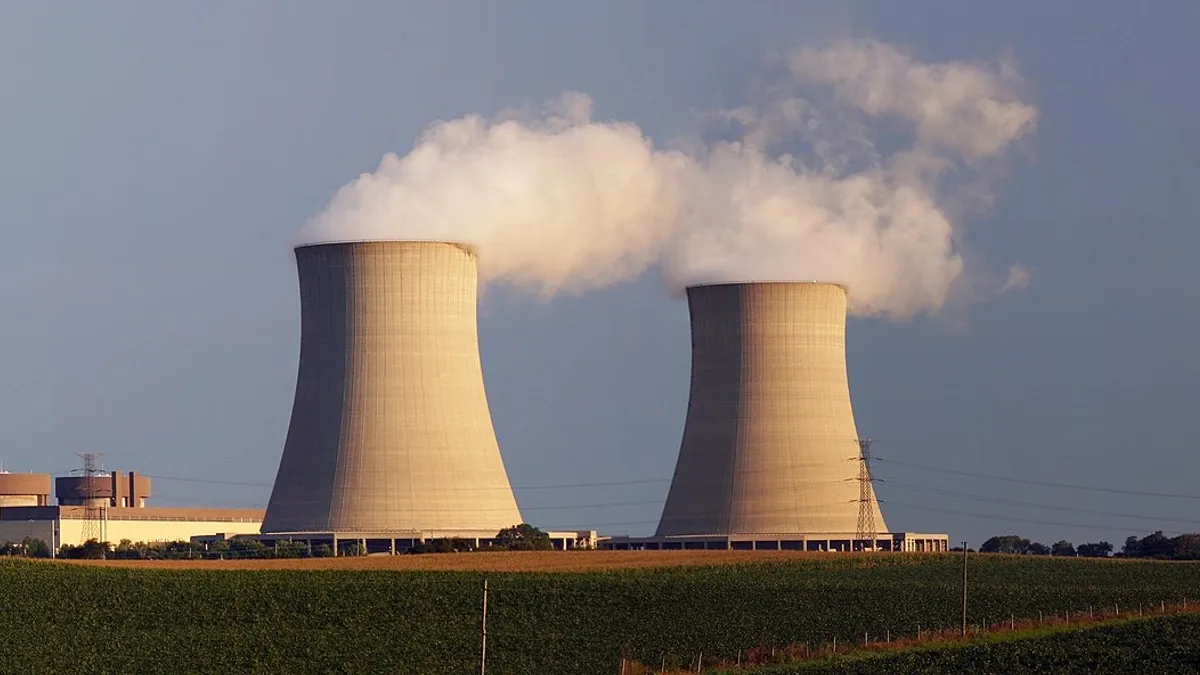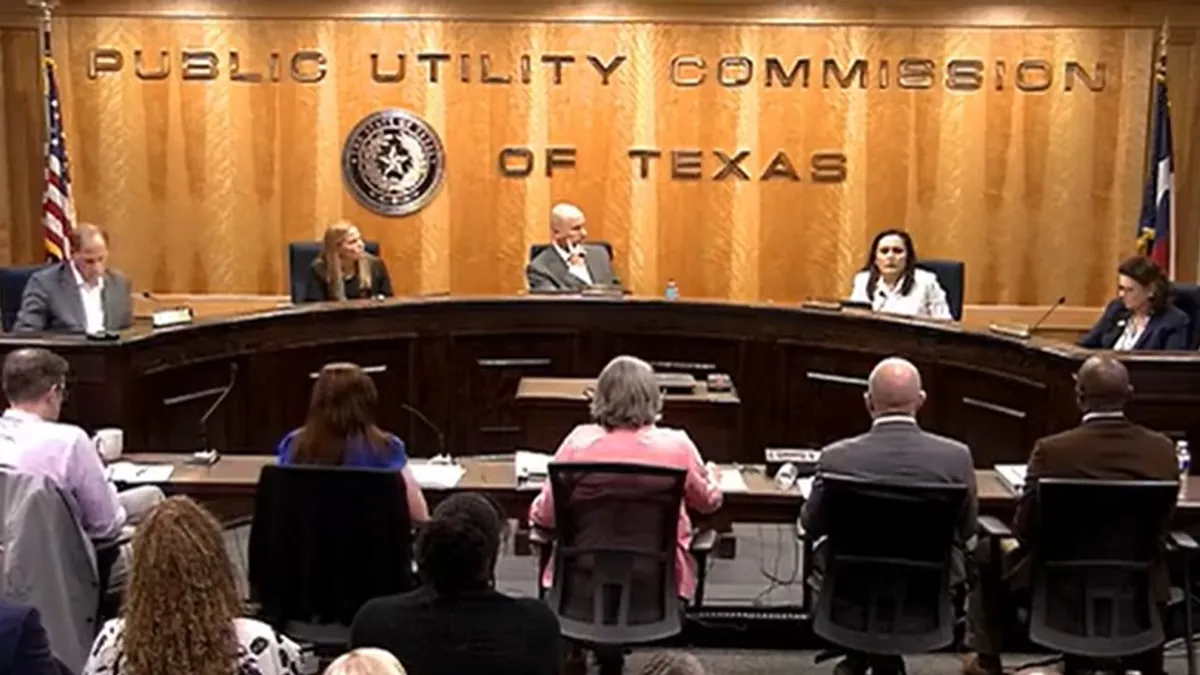With the cost of building new renewables now lower than the cost of operating most existing coal plants, the major remaining obstacle to this energy transition is resolving the financial burden of stranded coal assets.
State legislation — like bills recently passed in Montana, Colorado and New Mexico — can give coal-owning utilities the option to issue bonds secured by the certainty of customers paying their bills. This financial strategy, called securitization, has attracted over $50 billion from investors to resolve other utility obligations, and can be used to pay off stranded coal assets.
Accelerated depreciation, which more quickly resolves the stranded financial obligations, has also been used to transition from coal to renewables. But it imposes rate increases on customers. Securitization avoids rate increases by using new capital from bond sales to pay off the obligation. But it can impose losses, which impact investor-owned utility (IOU) shareholders.
Utilities prefer accelerated depreciation, they told Utility Dive. Some renewables advocates also oppose securitization and see it as a way of excusing utilities from the burden of imprudent investments in coal. But many renewables advocates see securitization financing the transition from coal while protecting ratepayers and coal-dependent communities.
The securitization lowdown
Securitization is an option in 24 states, D.C. and Puerto Rico, and there are more ongoing initiatives, according to Saber Partners CEO Joseph Fichera. It has been used in 65 IOU transactions involving $50.9 billion in bonds, said Fichera.
While it hasn't been used yet for a coal plant closure, securitization has been used to smooth deregulation, reduce renewable and distributed generation costs, defer utility debt and finance pollution control upgrades, nuclear plant losses and storm recovery, Fichera said. A bill passed March 21 in New Mexico designates it for use in shuttering PNM's San Juan Generating Station.
Securitization can be used to retire uneconomic coal generation, Energy Innovation Director of Electricity Policy Mike O'Boyle told Utility Dive. "But the utility still loses the earnings it would have gotten on the investment."
O'Boyle co-authored three securitization policy briefs with Energy Innovation consultant and former Colorado Public Utilities Commission Chair Ron Lehr. To fully cover utilities' losses, regulators in Colorado have allowed accelerated depreciation. But that increases customer bills in the short term, while securitization "rebalances the scales in favor of consumers," Lehr said.
"Once the decision to close a plant is reached, there is a decision of how to pay for it. Securitization is one tool and it reduces costs to ratepayers. Legislation can give regulators and utilities the option."

Ron Lehr
Consultant, Energy Innovation
Bonds issued through securitization give utilities capital to reinvest in a 'Steel for Fuel' exchange of coal assets for renewables assets that can earn comparable returns, Lehr added. "Shareholders do very well if the utility makes cost-competitive bids."
Xcel Energy Colorado's recent regulator-approved renewables investments will likely "maintain or improve shareholder outcomes, more than offsetting investments remaining in early retired fossil plants," an Energy Innovation brief reported. But Wall Street credit agency ratings for utilities that continue to hold uneconomic coal assets will likely decline, and investors may eventually be "unwilling to take on the risks."
There are significant challenges, Lehr acknowledged. "The only way a utility can succeed is by learning to make competitive bids to develop and own wind and solar projects."
Utilities must first assess the economic competitiveness of existing generation against potential replacements, Energy Innovation reported. It is not as simple as comparing levelized costs, because reliability and system flexibility should be considered against the costs of distributed energy resource portfolios, wholesale market power costs, and transition costs.
"Once the decision to close a plant is reached, there is a decision of how to pay for it," Lehr said, "Securitization is one tool and it reduces costs to ratepayers. Legislation can give regulators and utilities the option."
Enabling legislation
State legislation authorizing the use of securitization is "essential," Fichera said. It should make regulators responsible for customers and require the lowest cost bonds. It should also make the charge added to each customer's bill to pay bondholders, along with the commission's authorizing order and the state's non-interference pledge "irrevocable."
Such provisions, and the certainty of utility revenue from customers' electric utility bills, assure AAA rated bonds that give investors 3% to 4% returns, a bargain for utilities that face 4% to 6% interest rates for conventional debt, Energy Innovation reported.
"Securitization is the least-cost approach for dealing with stranded assets," Colorado state Rep. Chris Hansen, D, who sponsored HB19-1313, told Utility Dive. "We have used accelerated depreciation in Colorado. Utilities prefer it because they get the full asset value, but it drives up ratepayer bills and does nothing for impacted communities and workers."
Passed in sweeping legislation mandating zero emissions in Colorado by 2050, "the bill's unique feature is its requirement that utilities include a workforce transition financing plan when filing any plant closure proposal," Hansen said.
Securitization "is not partisan, it is just math. Power plants eventually need to be retired. There is a transition coming and this is a tool to make it cheaper for ratepayers."

Chris Hansen, D
Colorado state representative
Securitization does not excuse utilities from losses for their coal investments, he added. "The utility loses shareholder value by giving up the regulated return on the coal asset. That takes profit away from utilities."
Demanding that utilities and their financial backers take the full loss also threatens the success of the transition to renewables because utilities could make the legitimate legal argument that they and their shareholders should not be held responsible for regulator-approved investments, Hansen said. "If we require shareholders to absorb the residual capital cost of uneconomic coal facilities, it will result in a lawsuit and we are unlikely to win, which could leave coal plants in place."
Securitization "is not partisan, it is just math," he added. "Power plants eventually need to be retired. There is a transition coming and this is a tool to make it cheaper for ratepayers. Montana came to a similar conclusion."
Montana's legislation represents "best practices," Fichera told Utility Dive. It does not include community transition assistance, but it protects ratepayers "with appropriate checks and balances."
Montana's House Bill 467 was based on Colorado's bill and written in consultation with Fichera and other national experts, Montana Environmental Information Center (MEIC) Deputy Director Anne Hedges, who drafted the text with bill sponsor Rep. Denise Hayman, D, told Utility Dive.
"What was really important to me was Public Service Commission (PSC) oversight and the fact that it is an option utilities and the PSC can use to move all or some of the equity to debt," Hedges said. "There are four separate places in the law requiring the commission to confirm in an open and transparent process that using securitization will save consumers money and is in the public interest."
Montana is beginning to face the reality that its coal plants are no longer cost-effective, Hedges said. To win passage for the bill, "we argued that coal plants are going to close with or without securitization and it is a tool that can help keep costs down."
Utilities prefer alternatives
New Mexjco's PNM, buoyed by the state's landmark commitment to zero emissions, is an exception among utilities in its acceptance of securitization. Most utilities engaged in the coal to renewables transition have shown few signs of securitization fever.
Xcel Energy Colorado and Oregon's Portland General Electric have used accelerated depreciation for utility-owned coal. Northern Indiana Public Service Company (NIPSCO) announced in 2018 that it would be "coal-free by 2028" by replacing 1,800 MW of coal generation with renewables. But instead of securitization, it has filed for accelerated depreciation to smooth the transition, NIPSCO spokesperson Ken Stammen emailed Utility Dive.
Montana's NorthWestern Energy (NWE) does not see the securitization legislation as necessary and expects coal to remain "about 25%" of its generation portfolio, NWE spokesperson Jo Dee Black emailed Utility Dive.
PacifiCorp, which serves six states across the West, has been under increasing pressure to close much of its aging coal fleet in favor of new renewables. Both securitization and accelerated depreciation could "reduce or smooth the impact of a resource decision," PacifiCorp spokesperson Bob Gravely emailed Utility Dive. But "we wouldn't say one is best overall."
Despite utilities' hesitation about securitization, accelerating coal plant closures resulted in a 4% drop in 2018's U.S. coal consumption, Energy Innovation's Silvio Marcacci reported April 22. At least 36 GW more coal generation is forecast to be retired by 2024, according to an October 2018 Institute for Energy Economics and Financial Analysis brief.
Major voices in renewables and environmental advocacy have joined Fichera in calling for securitization-enabling legislation to make more retirements more economically viable.
"The number of AAA corporate bonds has dwindled to only two or three" in the world and "with ratepayer backed bonds, you can get additional yield without sacrificing credit quality."

Joseph Fichera
CEO, Saber Partners
It is a "prescription" for "reallocating funds" and "reinvesting them in lower cost clean energy," Natural Resources Defense Council analyst Julia Prochnik wrote April 24. Allocating bond funds to impacted communities can "help make change livable for all impacted."
Accelerated depreciation will not diminish securitization fever because it increases costs to consumers, R Street Institute Energy & Environmental Policy Director Travis Kavulla, former chair of the Montana PSC, emailed Utility Dive. By imposing the loss of returns on a utility's stranded assets, securitization ensures that regulated utilities that risk ratepayer funds by investing in coal assets "actually own that risk."
Wall Street's major ratings agencies have also caught securitization fever.
Bonds issued in utility securitizations were rated AAA in their investment category, according to a July 2018 Moody's report. The rating is based on "the strength of the state legislation" that includes the best practices on which the Montana and Colorado bills are based. Securitization bonds used for other purposes, such as nuclear plant closures and storm reparations, earned the same rating in a November 2017 Fitch report and a July 2009 Standard & Poor's report.
There is ample investor appetite for utilities to use this financial tool to cost-effectively retire the remaining 250-plus GW of U.S. coal generation, Saber's Fichera said. "The number of AAA corporate bonds has dwindled to only two or three" in the world and "with ratepayer backed bonds, you can get additional yield without sacrificing credit quality."
A limit somewhere
One limit on securitization is that it is not an effective tool in deregulated markets where merchant generators rather than customers assume risk, O'Boyle said. "The security in securitization would not be there because it is secured by customers' obligations to pay."
Another limit is when renewables advocates take a hard line against securitization as a bailout and demand that utilities take a major loss for imprudent investments, Lehr said. But that is self-defeating in the long term because eventually investors will not invest in those utilities, making it impossible for the utilities to invest in renewables.
"These bonds are backed through legislation by ratepayers and overseen by state regulators who are aware that anything good can be abused."

Ron Lehr
Consultant, Energy Innovation
Lack of investor appetite for securitized utility bonds will not impose a limit in the foreseeable future, he added. There is ongoing demand from big institutional investors like banks, pension funds and sovereign wealth funds. "But there is no infinite market, so there is probably a limit somewhere."
It is also unlikely the bonds will be subject to the Wall Street financial engineering that led to the 2008 Great Recession, Lehr said. "These bonds are backed through legislation by ratepayers and overseen by state regulators who are aware that anything good can be abused."
"We need to be concerned that securitization won't be done right," Saber's Fichera said. But it is an important option "if done right" and "it is better to have the option and not need it than to need it and not have it."






